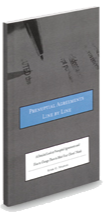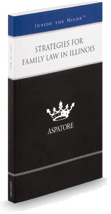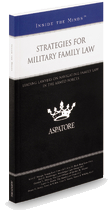On behalf of Stange Law Firm, PC posted in Property Division on Tuesday, August 7, 2018.
Over the past few decades, divorce rates among older adults have doubled. For most older couples ending a marriage in Illinois, circumstances are typically different than what’s associated with divorces among younger partners. For instance, child support and custody often aren’t part of the equation since children are usually grown. In many cases, the major issue for older soon-to-be ex-spouses is the division of retirement funds and other assets.
Even if a partner is fairly generous with property division arrangements, there are certain rules that apply when 401(k)s and IRAs need to be divided. With annuities, assets may need to be traded off to maintain values. If 401(k) contributions came from mutual income, both partners may be entitled to part of those assets. This sometimes comes as a surprise to older adults, especially those close to retirement.
While some couples may prefer to do a 50-50 split, division of assets that have accumulated over many years isn’t always that simple. In order to transfer all or part of 401(k) and pension plans to the other partner, a judicial decree called a domestic relations order (QDRO) must be presented to each plan administrator. Because of a divorce-related break, an ex-spouse can borrow cash from a plan and only pay taxes on the distribution without a penalty. However, if all funds are transferred directly into a new IRA, no penalties or taxes will be owed.
Since Social Security benefits aren’t considered a marital asset and can’t be divided, an attorney may help a lower-earning spouse seek monthly support payments to make up for the difference in income. When complex property division is involved, a divorce lawyer often attempts to work out arrangements that allow for a fair division of all available assets. This may involve spelling out IRA divisions in a divorce decree or separation agreement and recommending ways to avoid tax penalties as assets are separated.



